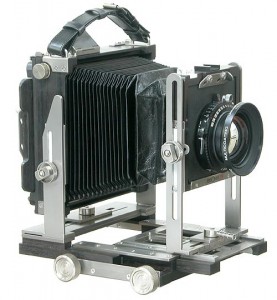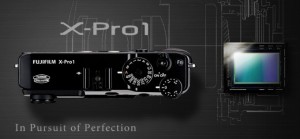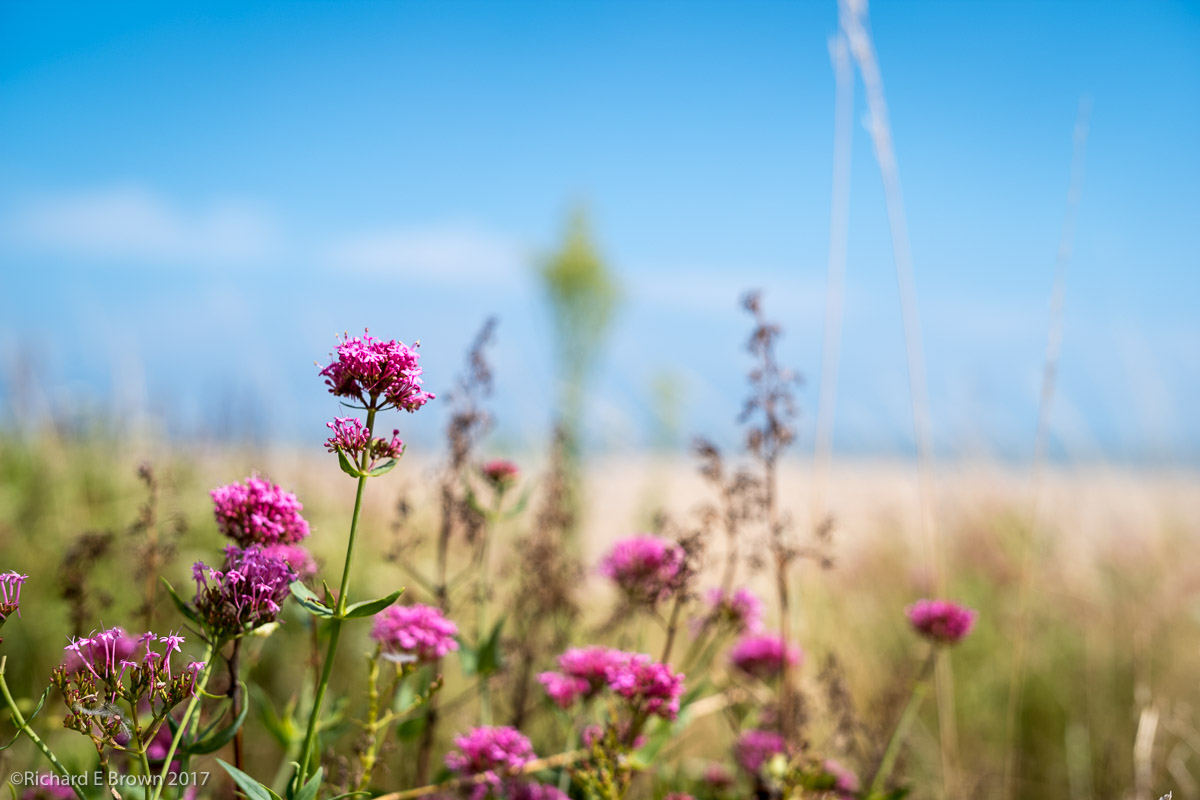 We are seeing some big pushes recently, as more and more manufacturers come out with full frame cameras. As I mentioned in a previous article even high end compacts are getting bigger sensors, but is full frame the best.
We are seeing some big pushes recently, as more and more manufacturers come out with full frame cameras. As I mentioned in a previous article even high end compacts are getting bigger sensors, but is full frame the best.
If you go back fifty-sixty years or so most people shot medium format or large format. Cameras with negatives 6 cm x 6 cm or in the case of large format 5 inch x 4 inch or larger. Gradually though more and more people switched to the lighter and smaller formats as the technology got better and the image quality improved.

With the larger formats, depth of field was always what photographers wanted, there was even a club called the F-SixtyFour Club, where it was considered that all photographs should be taken at f/64 or greater. Some of my Large Format Lens actually go to f/128, where as modern 35mm lens tend to stop at f/16.
As formats get smaller then due to the physics of optics the depth of field gets greater, together with the advantage of the cameras being smaller and lighter. For many uses the greater depth of field gives many advantages.
Today the fashion seems to be out of focus backgrounds, a particular craze among Leica photographers currently with their advantage of full frame 35mm sensors and fast glass. Its even something I indulge in myself as can be seen from this months picture of the month.

But I hope we continue to get the option, smaller sensors like CX format in the Nikon Series One with its 2.7 crop do offer some types of photography an advantage. So let there be more cameras like the Full Frame Sony RX-1 but also more cameras with smaller sensors like MicroFourThirds, Nikon One, and even the little Fuji’s like the X10 with its tiny sensor.

Give us well built bodies, and direct controls but also options, so if I can use the right tool for the right job.
